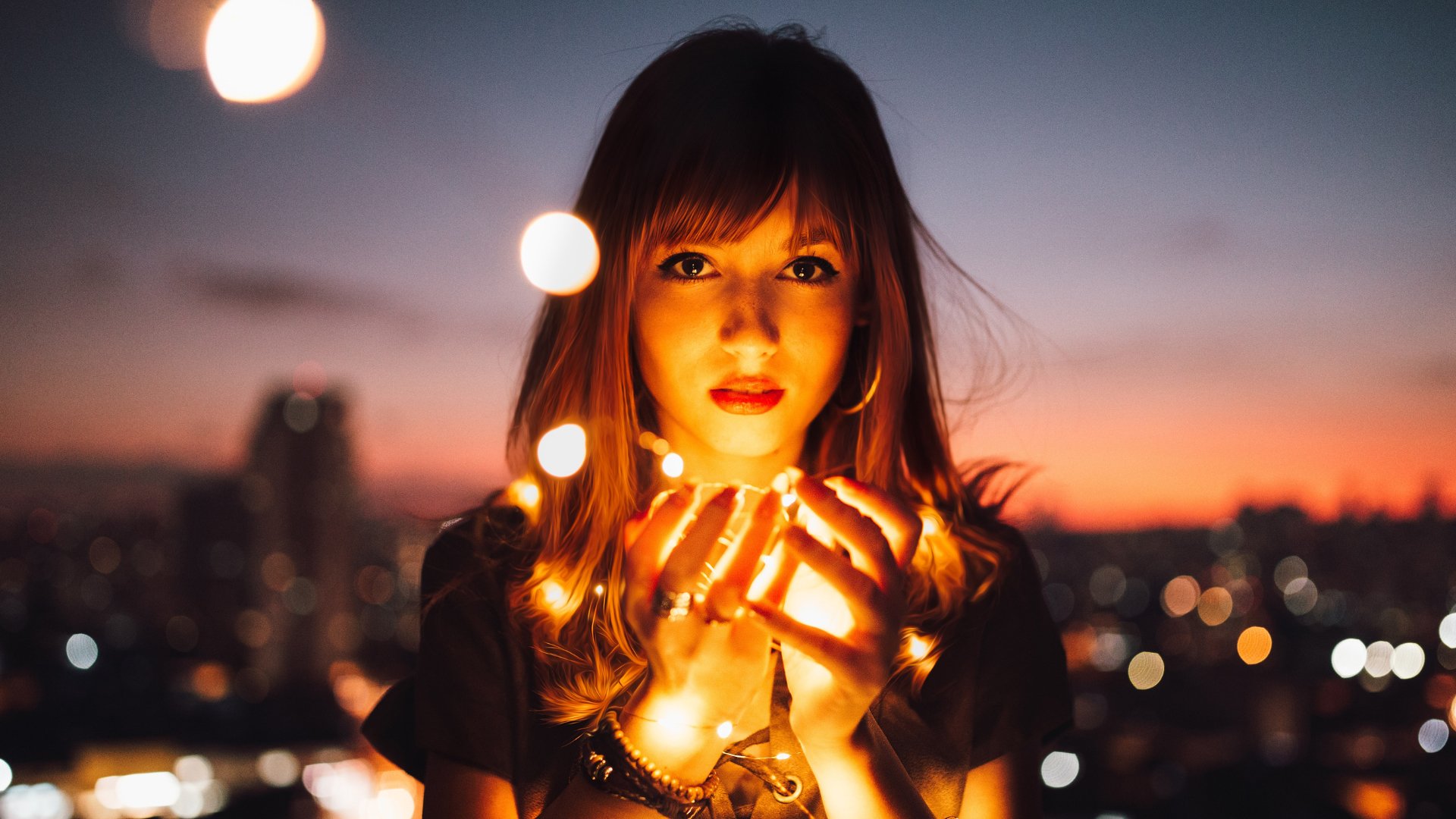My Angel is the Centerfold: How to Create Bokeh in Portrait Photography

Bokeh, in the context of portrait photography, refers to the aesthetic quality of the out-of-focus areas in an image. It is a technique that utilises the intentional blur of the background or foreground elements, highlighting the subject of the photograph and creating a visually captivating result – the bokeh effect.
The term bokeh originates from the Japanese word meaning blur or haze, and the style has become popular among photographers worldwide. The beauty of bokeh lies in its ability to transform the overall atmosphere of an image.
Why is bokeh so powerful?
It can infuse a dreamy and ethereal quality, enhancing the emotional impact of the portrait. The soft, out-of-focus areas can evoke a sense of mystery and romanticism, giving the photograph a touch of enchantment. This effect is particularly well-suited for intimate and emotional portraits, as it helps to create a connection between the viewer and the subject.
How to create bokeh in your portrait photography
Here are some tips and tricks for creating bokeh in your own photography:
Understand depth of field
Understanding the concept of depth of field is crucial for creating beautiful bokeh. Depth of field refers to the range in a photograph that appears sharp. A shallow depth of field, which can be achieved by using a large aperture, will result in more blur and therefore a stronger bokeh effect.
Choose the right lens
To create bokeh, begin by selecting a lens with a wide aperture. The wider the aperture (represented by a smaller f-number, such as f/1.4 or f/2), the more pronounced the bokeh will be. This is because a wider aperture allows more light to enter the lens, creating a shallower depth of field and blurring the background more significantly.
Experiment with the distance
Next, consider the distance between the camera, the subject, and the background. A greater distance between the subject and the background will result in a more pronounced bokeh effect. Simultaneously, keeping the subject closer to the camera will make them stand out against the blurred backdrop.
Consider the background elements
When setting up your shot, think about the type of background that will best accentuate the bokeh. Light sources and reflective objects in the background can create beautiful, glowing orbs of light known as bokeh balls. These can add a magical quality to your portraits, making them more engaging and interesting to the viewer.
Focus is everything
It’s also essential to focus correctly when aiming for bokeh. Manual focus can often provide more precise control than autofocus, allowing you to ensure that your subject is sharp and in focus, while the background is beautifully blurred.
If you need guidance on your photography journey, connect with us
Creating a captivating bokeh effect in portrait photography requires a combination of the right equipment, careful composition, and skilful focusing. But with practice and creativity, you can master this technique and take your portraits to a new level of beauty and depth.
As you continue your journey in mastering the bokeh effect, we invite you to subscribe to our YouTube channel and stay updated with our blog. You’ll find additional tips, techniques, and inspirations to improve your photography skills.
For any queries or specific concerns, don’t hesitate to connect with Arwyn, the Time-Lord, who is always ready to share wisdom and advice. Elevate your photography journey with us and discover the magic of the bokeh effect.
